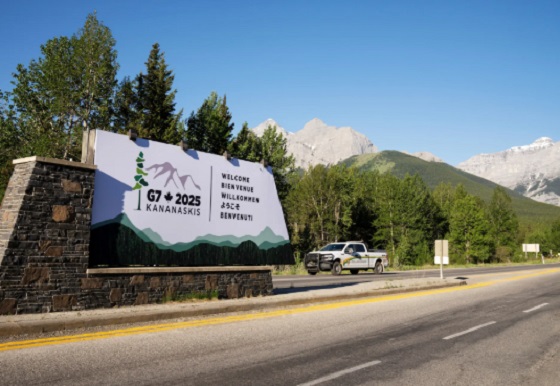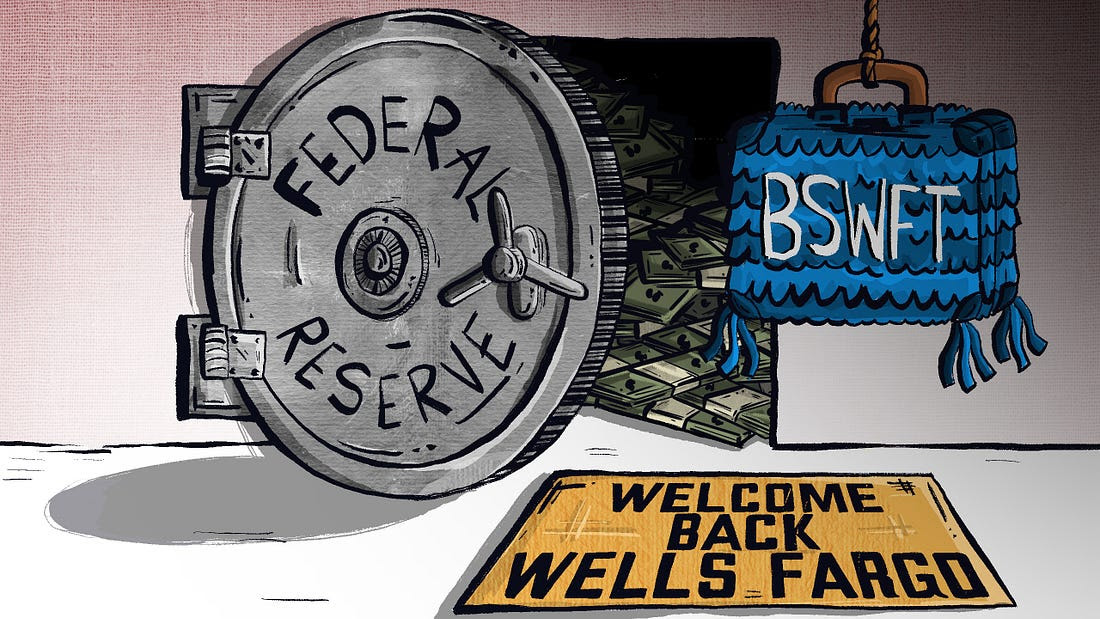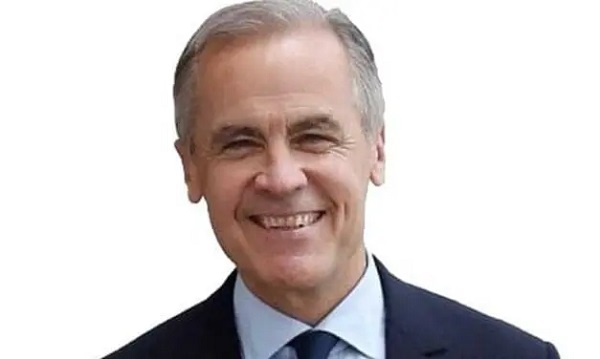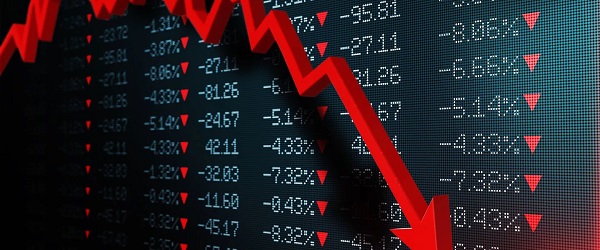Uncategorized
Notorious drug lord Joaquin “El Chapo” Guzman convicted
NEW YORK — Mexico’s most notorious drug lord, Joaquin “El Chapo” Guzman, was convicted Tuesday of running an industrial-scale smuggling operation after a three-month trial packed with Hollywood-style tales of grisly killings, political payoffs, cocaine hidden in jalapeno cans, jewel-encrusted guns and a naked escape with his mistress through a tunnel.
Guzman faced a drumbeat of drug-trafficking and conspiracy convictions that could put the 61-year-old escape artist behind bars for decades in a maximum-security U.S. prison selected to thwart another one of the breakouts that embarrassed his native country.
New York jurors whose identities were kept secret reached a verdict after deliberating six days in the expansive case, sorting through what authorities called an “avalanche” of evidence gathered since the late 1980s that Guzman and his murderous Sinaloa drug cartel made billions in profits by smuggling tons of cocaine, heroin, meth and marijuana into the U.S.
Evidence showed drugs poured into the U.S. through secret tunnels or hidden in tanker trucks, concealed in the undercarriage of passenger cars and packed in rail cars passing through legitimate points of entry — suggesting that a border wall wouldn’t be much of a worry.
The prosecution’s case against Guzman, a roughly 5
One Sinaloa insider described Mexican workers getting contact highs while packing cocaine into thousands of jalapeno cans — shipments that
The
Deliberations were complicated by the trial’s vast scope. Jurors were tasked with making 53 decisions about whether prosecutors have proven different elements of the case.
The trial cast a harsh glare on the corruption that allowed the cartel to flourish. Colombian trafficker Alex Cifuentes caused a stir by testifying that former Mexican President Enrique Peña Nieto took a $100 million bribe from Guzman. Peña Nieto denied it, but the allegation fit a theme: politicians, army commanders, police and prosecutors, all on the take.
The tension at times was cut by some of the trial’s sideshows, such as the sight of Guzman and his wife, Emma Coronel Aispuro, showing up in matching burgundy velvet blazers in a gesture of solidarity. Another day, a Chapo-size actor who played the kingpin in the TV series “Narcos: Mexico” came to watch, telling reporters that seeing the defendant flash him a smile was “surreal.”
While the trial was dominated by Guzman’s persona as a near-mythical outlaw who carried a diamond-encrusted handgun and stayed one step ahead of the law, the jury never heard from Guzman himself, except when he told the judge he wouldn’t testify.
But his sing-songy voice filled the courtroom, thanks to recordings of intercepted phone calls. “Amigo!” he said to a cartel distributor in Chicago. “Here at your service.”
One of the trial’s most memorable tales came from girlfriend Lucero Guadalupe Sanchez Lopez, who testified she was in bed in a safe house with an on-the-run Guzman in 2014 when Mexican marines started breaking down his door. She said Guzman led her to a trap door beneath a bathtub that opened up to a tunnel that allowed them to escape.
Asked what he was wearing, she replied: “He was naked. He took off running. He left us behind.”
The defendant had previously escaped from jail by hiding in a laundry bin in 2001. He then got an escort from crooked police officers into Mexico City before retreating to one of his many mountainside hideaways. In 2014, he pulled off another jail break, escaping through a mile-long lighted tunnel on a motorcycle on rails.
Even when Guzman was recaptured in 2016 before his extradition to the United States, he was plotting another escape, prosecutor Andrea Goldbarg said in closing arguments.
“Why? Because he is guilty and he never wanted to be in a position where he would have to answer for his crimes,” she told the jury. “He wanted to avoid sitting right there. In front of you.”
The Associated Press
Uncategorized
Kananaskis G7 meeting the right setting for U.S. and Canada to reassert energy ties


Energy security, resilience and affordability have long been protected by a continentally integrated energy sector.
The G7 summit in Kananaskis, Alberta, offers a key platform to reassert how North American energy cooperation has made the U.S. and Canada stronger, according to a joint statement from The Heritage Foundation, the foremost American conservative think tank, and MEI, a pan-Canadian research and educational policy organization.
“Energy cooperation between Canada, Mexico and the United States is vital for the Western World’s energy security,” says Diana Furchtgott-Roth, director of the Center for Energy, Climate and Environment and the Herbert and Joyce Morgan Fellow at the Heritage Foundation, and one of America’s most prominent energy experts. “Both President Trump and Prime Minister Carney share energy as a key priority for their respective administrations.
She added, “The G7 should embrace energy abundance by cooperating and committing to a rapid expansion of energy infrastructure. Members should commit to streamlined permitting, including a one-stop shop permitting and environmental review process, to unleash the capital investment necessary to make energy abundance a reality.”
North America’s energy industry is continentally integrated, benefitting from a blend of U.S. light crude oil and Mexican and Canadian heavy crude oil that keeps the continent’s refineries running smoothly.
Each day, Canada exports 2.8 million barrels of oil to the United States.
These get refined into gasoline, diesel and other higher value-added products that furnish the U.S. market with reliable and affordable energy, as well as exported to other countries, including some 780,000 barrels per day of finished products that get exported to Canada and 1.08 million barrels per day to Mexico.
A similar situation occurs with natural gas, where Canada ships 8.7 billion cubic feet of natural gas per day to the United States through a continental network of pipelines.
This gets consumed by U.S. households, as well as transformed into liquefied natural gas products, of which the United States exports 11.5 billion cubic feet per day, mostly from ports in Louisiana, Texas and Maryland.
“The abundance and complementarity of Canada and the United States’ energy resources have made both nations more prosperous and more secure in their supply,” says Daniel Dufort, president and CEO of the MEI. “Both countries stand to reduce dependence on Chinese and Russian energy by expanding their pipeline networks – the United States to the East and Canada to the West – to supply their European and Asian allies in an increasingly turbulent world.”
Under this scenario, Europe would buy more high-value light oil from the U.S., whose domestic needs would be back-stopped by lower-priced heavy oil imports from Canada, whereas Asia would consume more LNG from Canada, diminishing China and Russia’s economic and strategic leverage over it.
* * *
The MEI is an independent public policy think tank with offices in Montreal, Ottawa, and Calgary. Through its publications, media appearances, and advisory services to policymakers, the MEI stimulates public policy debate and reforms based on sound economics and entrepreneurship.
As the nation’s largest, most broadly supported conservative research and educational institution, The Heritage Foundation has been leading the American conservative movement since our founding in 1973. The Heritage Foundation reaches more than 10 million members, advocates, and concerned Americans every day with information on critical issues facing America.
Uncategorized
Poilievre on 2025 Election Interference – Carney sill hasn’t fired Liberal MP in Chinese election interference scandal

From Conservative Party Communications
“Yes. He must be disqualified. I find it incredible that Mark Carney would allow someone to run for his party that called for a Canadian citizen to be handed over to a foreign government on a bounty, a foreign government that would almost certainly execute that Canadian citizen.
“Think about that for a second. We have a Liberal MP saying that a Canadian citizen should be handed over to a foreign dictatorship to get a bounty so that that citizen could be murdered. And Mark Carney says he should stay on as a candidate. What does that say about whether Mark Carney would protect Canadians?
“Mark Carney is deeply conflicted. Just in November, he went to Beijing and secured a quarter-billion-dollar loan for his company from a state-owned Chinese bank. He’s deeply compromised, and he will never stand up for Canada against any foreign regime. It is another reason why Mr. Carney must show us all his assets, all the money he owes, all the money that his companies owe to foreign hostile regimes. And this story might not be entirely the story of the bounty, and a Liberal MP calling for a Canadian to be handed over for execution to a foreign government might not be something that the everyday Canadian can relate to because it’s so outrageous. But I ask you this, if Mark Carney would allow his Liberal MP to make a comment like this, when would he ever protect Canada or Canadians against foreign hostility?
“He has never put Canada first, and that’s why we cannot have a fourth Liberal term. After the Lost Liberal Decade, our country is a playground for foreign interference. Our economy is weaker than ever before. Our people more divided. We need a change to put Canada first with a new government that will stand up for the security and economy of our citizens and take back control of our destiny. Let’s bring it home.”
-

 International2 days ago
International2 days agoChicago suburb purchases childhood home of Pope Leo XIV
-

 Daily Caller2 days ago
Daily Caller2 days agoBlackouts Coming If America Continues With Biden-Era Green Frenzy, Trump Admin Warns
-

 Daily Caller2 days ago
Daily Caller2 days ago‘I Know How These People Operate’: Fmr CIA Officer Calls BS On FBI’s New Epstein Intel
-

 Daily Caller16 hours ago
Daily Caller16 hours agoUSAID Quietly Sent Thousands Of Viruses To Chinese Military-Linked Biolab
-

 Addictions16 hours ago
Addictions16 hours ago‘Over and over until they die’: Drug crisis pushes first responders to the brink
-

 Business1 day ago
Business1 day agoPrime minister can make good on campaign promise by reforming Canada Health Act
-

 Automotive14 hours ago
Automotive14 hours agoFederal government should swiftly axe foolish EV mandate
-

 Alberta13 hours ago
Alberta13 hours ago‘Far too serious for such uninformed, careless journalism’: Complaint filed against Globe and Mail article challenging Alberta’s gender surgery law






